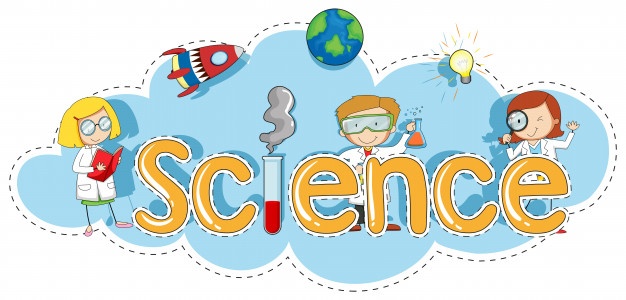Science is a wonderful subject that can teach children all about the world they live in. And it is magical more often than not. Here, we are presenting you with some simple experiment ideas that you can try at home. All of these are safe experiments that children can try on their own and show off some cool skills to their friends. However, parental supervision is always advised.
Without any further ado, here they are.
Simple Science Experiments to Try at Home
- Water Magic
This experiment introduces children to the capillarity or capillary action of liquids. We will perform this experiment with water and some colors. For this experiment, you will need:
- Three glasses with clear water
- Three glasses with colored water (red, blue, and green)
- Tissue papers
Now that you have everything ready, let’s start the experiment. Place the glasses in a line or a circle in an alternate pattern. That is place one clear water glass, follow it with a colored water glass, then a clear water glass, and so on.
Now, take tissue paper, roll it to form a tube, and place it like a bridge between the liquids in the glasses. One side of the tissue should be dipped in the liquid of the first glass and the other side in the liquid of the next glass. Connect all the glasses this way and watch the magic of water going from one glass to another through the tissue.
Encourage your children to ask their science tutor some relevant questions regarding the experiment. Science prep online can be a great way of learning more about different scientific concepts.
- Mold Experiment
Mold experiments never go out of style. We have been doing them for generations and it’s still taught by the best science tutors who want to talk about micro-organisms and their growth. This experiment will help your child understand how different products affect the growth of mold (fungus) on bread. For this experiment, you will need:
- 4 slices of bread
- 4 ziplock bags
- Vinegar, water, sugar
- Hangar
Place the 4 slices of the bread on a tray. Add a spoonful of vinegar to the first slice. Place it in the ziplock bag and close it. Next, add a spoon of water to the second slice. Again place it in a ziplock bag and close it. Now moving to the third bread slice, add some sugar on top of it and press it in and place the bread slice in the ziplock bag.
Pick the last slice of bread and place it as it is in the ziplock bag and seal it. Now, hang all the ziplock bags on a clothes hanger and place the hangar in sunlight. Maybe a curtain rod where you can get an ample amount of sunlight or somewhere in the backyard.
Ask your child/ren to keep an eye on the bread slices and notice the growth of the mold. They can also make a table noting down the amount of mold on Day1, Day 2, and so on and let them compare notes.
- Ice Magic
If you have an Elsa or Frozen fan at your home, this experiment is going to get some super exciting responses. This experiment is unlike any formal science prep online but will set the stage for learning different states of matter. For this experiment, you need:
- One bottle of water
- A ceramic bowl
- Some Ice
Place the bottle of water in the freezer until the water is almost frozen. Next, place the ceramic bowl upside down on a surface and put the ice pieces on it. When you are ready, start pouring the almost frozen water on the ice pieces. It will freeze instantly and amaze everyone involved. This experiment teaches children the different states of matter and also makes you look instantly cool.
- Self-Inflating Balloons
Here’s one experiment that is based on a chemical reaction. You can perform this experiment with the balloons leftover after a birthday party and some vinegar and baking soda from your pantry. The precise items that you will need are:
- Balloon/s
- Vinegar
- Plastic water bottle
- Baking Soda
Put baking soda in the plastic water bottle. Add a few spoons of vinegar to the balloon. Yes, you have to pour vinegar into the balloon. Now, carefully place the balloon over the water bottle and let the vinegar pour on the baking soda already present in the bottle. The meeting of vinegar and baking soda will result in gas which will inflate the balloon.
Science is not magic, rather it is filled with hardcore facts. But it is always a good idea to simplify difficult concepts for children to trigger their curiosity. Best science tutors also use fun and amazing methods to teach difficult science topics. Try the experiments listed here and watch your little scientists become curious for more. As already mentioned, all of these experiments are safe but it will be better if an adult can supervise them.



